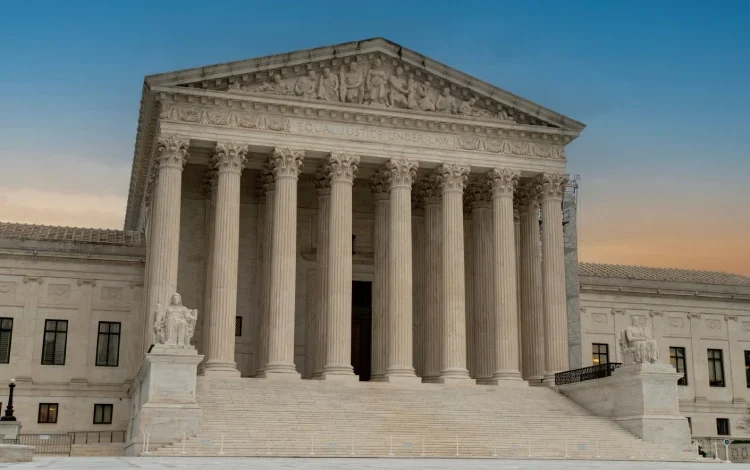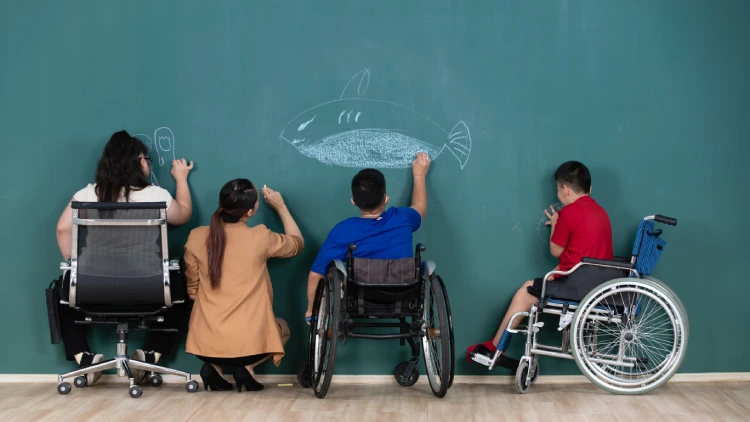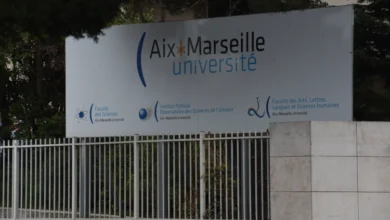
Supreme Court Eases Path for School Disability Lawsuits
Supreme Court Decision Aligns School Disability Claims with Broader Civil Rights Standards
A disability lawsuit against schools may have begun a legal shift on aligning students’ rights with border civil rights. It started with a teenager from Minnesota diagnosed with a rare form of epilepsy. Her family claimed that Osseo Area Schools failed to provide the accommodations necessary for her learning, particularly the option for evening instruction when her seizures were less frequent.
Despite the school acknowledging shortfalls in support, lower courts dismissed the family’s claim for damages, citing the need to prove “bad faith or gross misjudgment” by school officials—a bar set far higher than what’s required in other disability-related claims.
The Legal Threshold That Blocked Families

In some parts of the U.S., including the Eighth Circuit where Minnesota is located, parents have faced additional legal hurdles when trying to hold schools accountable for disability discrimination.
Unlike claims under the Americans with Disabilities Act (ADA) in workplaces or public spaces, courts in these jurisdictions required families to prove that schools acted with intentional wrongdoing. This higher threshold effectively filtered out many claims, even when schools acknowledged gaps in accommodations.
This approach stood in contrast to how federal courts typically treat similar discrimination cases. Civil rights laws like the ADA and Section 504 of the Rehabilitation Act usually allow claims based on denial of reasonable accommodations—not just on evidence of ill intent.
The Supreme Court’s Unanimous Reversal
On Thursday, the U.S. Supreme Court unanimously overturned that precedent. In an opinion authored by Chief Justice John Roberts, the Court held that plaintiffs in education-related disability cases should not face a more demanding legal standard than other civil rights claimants.
Roberts acknowledged that children with disabilities and their families encounter significant daily obstacles. He emphasized that the Court’s decision affirms they should not also be burdened with a higher standard of proof than other plaintiffs when pursuing legal claims.
The ruling essentially brings education-related claims in line with broader disability discrimination standards, removing what many advocates called an unjust double burden for students with disabilities and their families.
Potential Impact on Schools and Courts Nationwide
Legal analysts suggest the ruling could lead to a rise in lawsuits from families who were previously discouraged by the elevated legal standard. The decision does not guarantee success for all claimants but removes one of the most prohibitive legal barriers they faced.
Osseo Area Schools had warned that a lower threshold for legal action could overwhelm already stretched public schools. The district argued that officials doing their best in good faith should not be penalized with costly litigation. But the Court disagreed, ruling that the effort to provide accommodations must meet reasonable legal expectations—not be shielded from scrutiny simply due to staffing or resource limitations.
Looking Ahead: A More Consistent Legal Landscape
The decision is expected to have long-term implications for how school districts across the country handle disability accommodations. Previously, outcomes varied significantly depending on jurisdiction. Now, with the Supreme Court’s interpretation setting a national precedent, families in different states can expect more uniform legal protections.
Justice Sonia Sotomayor, writing a concurring opinion with Justice Ketanji Brown Jackson, warned that applying heightened standards across all disability claims would “eviscerate the core” of existing protections. Their view reinforced the idea that laws like the ADA were designed to offer reasonable access and accommodations—not to shield institutions from all liability unless malice is proven.
Though Justices Clarence Thomas and Brett Kavanaugh noted they might revisit the issue in the future, the current ruling stands as a major reinforcement of disability rights in education.
One Minnesota parent unrelated to the case, who successfully lobbied her local school board to implement a sensory-friendly classroom for her son with autism, said she views the decision as long overdue. “You shouldn’t have to be a lawyer to get your kid what they need to learn,” she said. “This levels the field a bit.”




